 |
 |
 |
| |
Physical function worse in older women than men with HIV,
despite better CD4 recovery
|
| |
| |
9th International Workshop on HIV and Aging, September 13-14, 2018, New York
Mark Mascolini
Older women with HIV had significantly worse physical function and quality of life than older men, according to analysis of 1126 people in the Modena HIV cohort [1]. Women's worse physical function contrasted with their better CD4 recovery and lower cardiovascular disease rates and risk than men. [from Jules: as mentioned in slide in talk HIV stigma & impact of HIV on everyday life, and HIV-related coping & depression, and toxicities can affect functioning.]
Researchers in Madrid and Modena who conducted this study noted that women represent 20% to 30% of people with HIV in developed countries. As HIV populations age, they face growing risks of comorbidity and quality-of-life challenges. Yet few large studies address diverse clinical and behavioral differences between older women and men with HIV.
To address these issues, researchers from two Madrid universities and the University of Modena conducted this retrospective analysis of consecutive patients older than 50 attending the Modena HIV clinic between June 2016 and May 2018. Besides recording clinical characteristics and comorbidities, the researchers measured body composition, assessed physical function with the Short Physical Performance Battery (SPPB), measured walking speed, and determined quality of life with EQ-5D-5L [2].
The study involved 1126 HIV-positive people over 50, 284 of them (25%) women. Women did not differ significantly from men in median age (55 years overall), years with HIV infection (25), nadir CD4 count (195), or proportion with an undetectable viral load (76%). But several clinical factors did differ between women and men, favoring women:
-- Median current CD4 count: 758 in women versus 699 in men (P = 0.03)
-- Median CD4/CD8 ratio: 1 in women versus 0.84 in men (P = 0.0001)
-- No alcohol use: 80.6% of women versus 66.5% of men (P = 0.0001)
-- Mild or intense alcohol use: 19.4% of women versus 33.5% of men (P = 0.0001)
-- Cardiovascular disease: 2.8% of women versus 11% of men (P = 0.0001)
-- Hypertension: 38.7% of women versus 60.3% of men (P = 0.0001)
-- Diabetes: 11.6% of women versus 22.9% of men (P = 0.0001)
-- Sarcopenia (age-related muscle loss): 41.2% of women versus 47.1% of men (P = 0.08)
Women had a worse history of more advanced HIV infection, including AIDS wasting, and a worse kidney failure rate:
-- CDC stage B or C HIV infection: 57.8% of women versus 52.4% of men (P = 0.001)
-- History of AIDS wasting: 21.1% of women versus 8.9% of men (P = 0.0001)
-- Kidney failure: 33.1% of women versus 17.9% of men (P = 0.0001)
Women and men did not differ significantly in rates of smoking, abnormal lipids, chronic obstructive pulmonary disease, lipodystrophy, cirrhosis, vitamin D insufficiency, osteoporosis by DXA scan, AIDS malignancies, or non-AIDS malignancies.
SPPB-measured physical function and EQ-5D-5L-measured quality of life were significantly worse in women than men:
-- SPPB below 9: 11.5% of women versus 5.6% of men (P = 0.002)
-- EQ-5D-5L: 0.87 in women versus 0.90 in men (P = 0.02)
Walking speed did not differ significantly between women and men. But moderate or severe pain was more frequent in women (23.9% and 3.9%) than in men (13.7% and 3.1%) (P = 0.001).
Women reported more exhaustion. Exhaustion (rarely: <1day/week) was reported by 56% of women vs 68% of men. BUT, exhaustion 1-2d/week was reported by 33% of women vs 25% of men. Exhaustion 3-4 d/week was reported by 9% of women vs 5.8% of men. Always or almost always exhaustion (5-7 d/week was reported by 3 women (1.1%) and 2 men (0.2%). see table below.
The Madrid/Modena investigators stressed that, although women had better CD4-cell recovery with antiretroviral therapy than men, and less cardiovascular disease and cardiovascular risk, women had worse physical function and quality of life than men. They proposed that "older HIV-infected women have special characteristics and the assessment of physical function in this group seems to be crucial."
References
1. Branas F, Sanchez-Conde M, Malagoli A, et al. Differences between older HIV-infected women and men regarding immunological recovery, comorbidity, physical function and quality of life. 9th International Workshop on HIV and Aging, September 13-14, 2018, New York. Abstract 17.
2. van Reenen M, Janssen B. EQ-5D-5L User Guide. Version 2.1. April 2015. https://euroqol.org/wp-content/uploads/2016/09/EQ-5D-5L_UserGuide_2015.pdf
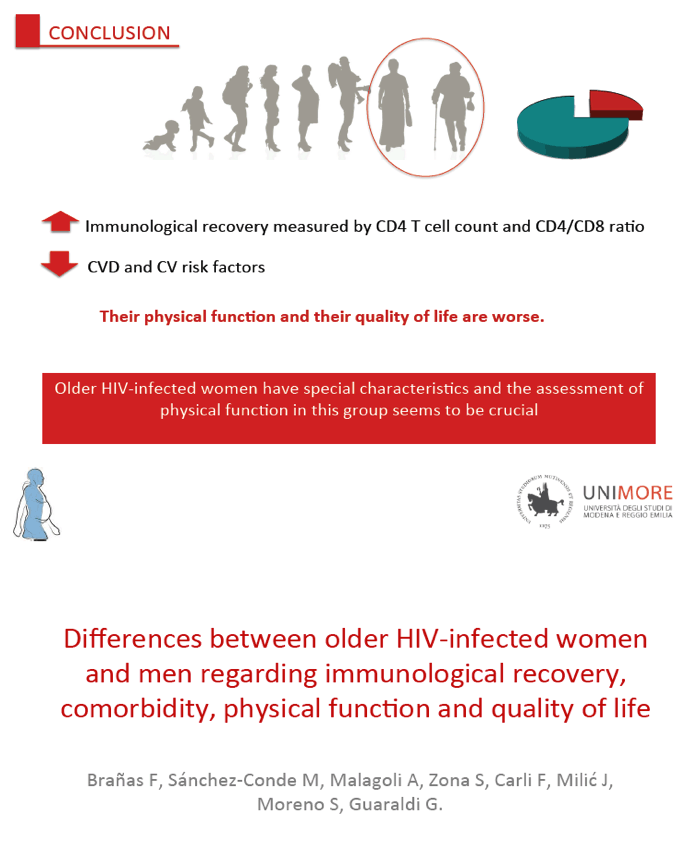
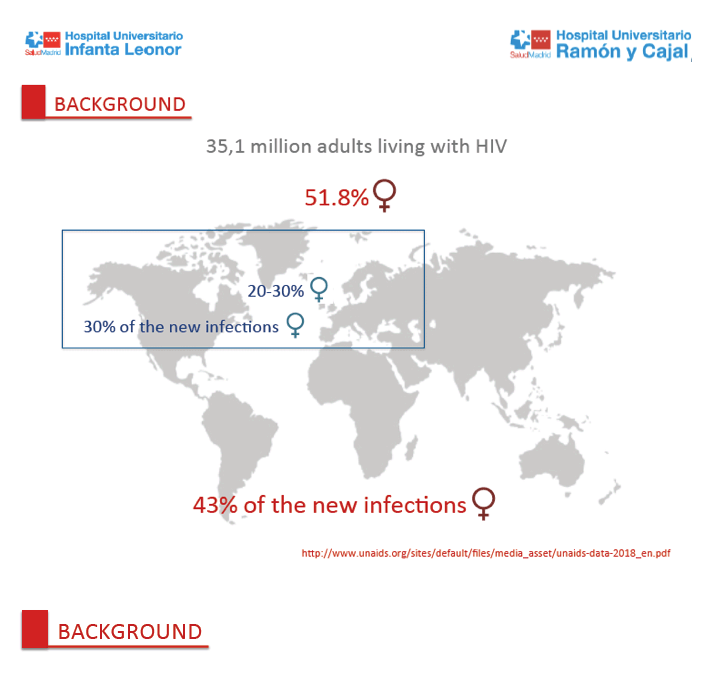
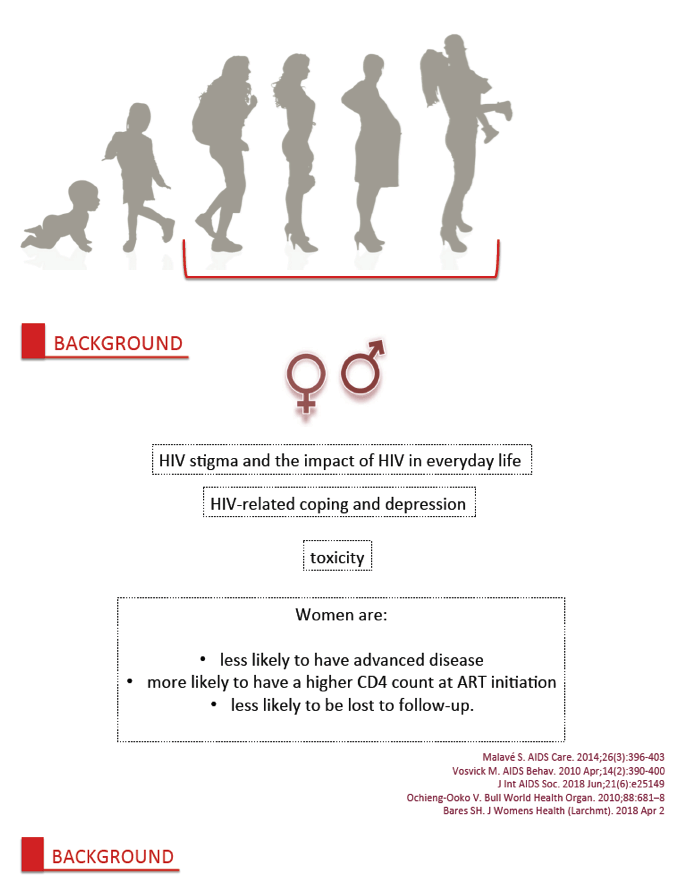
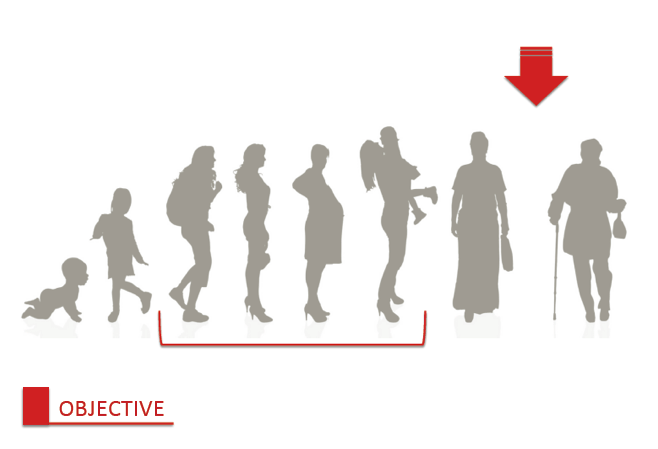
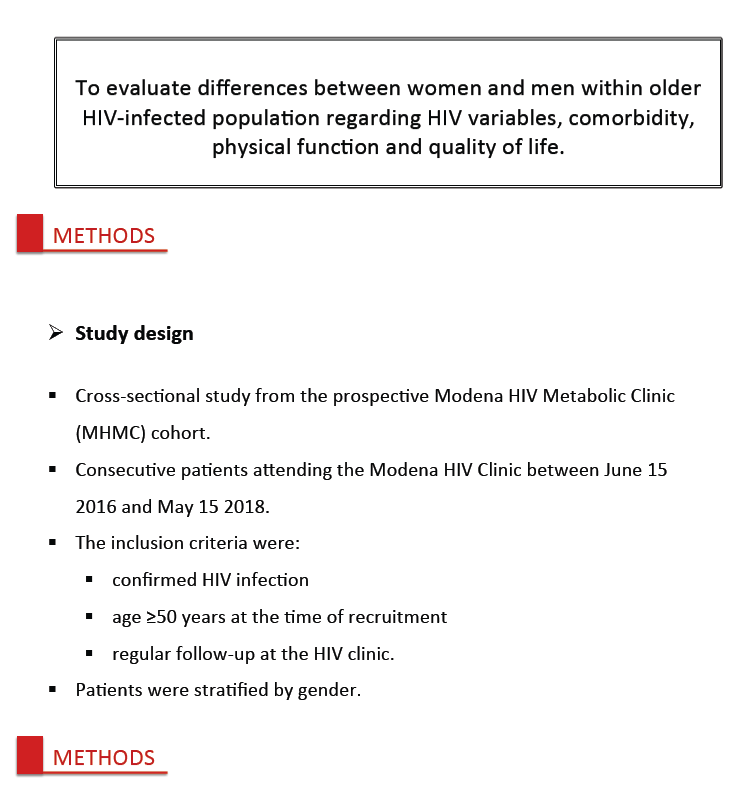
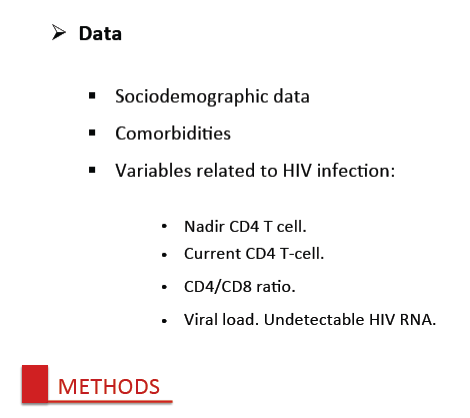
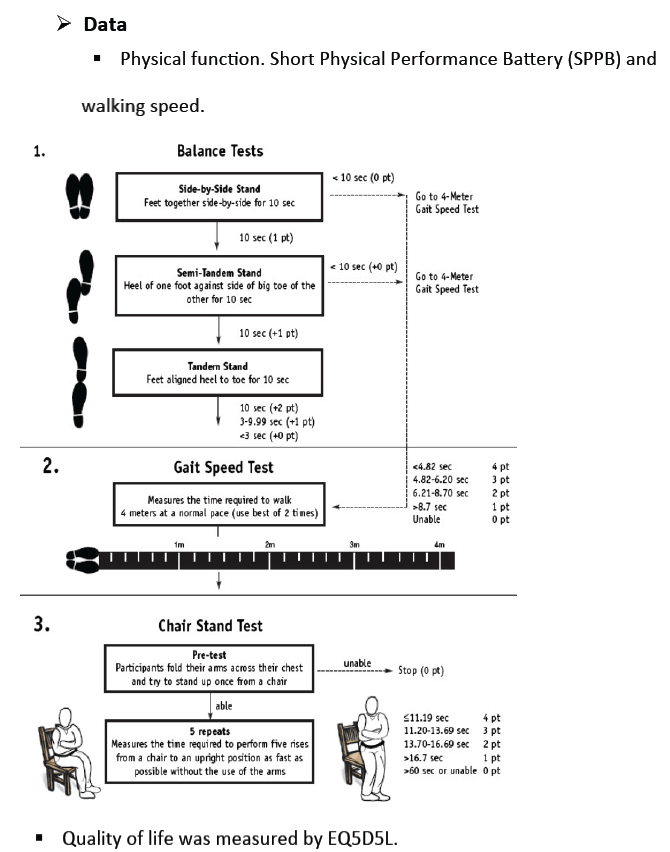
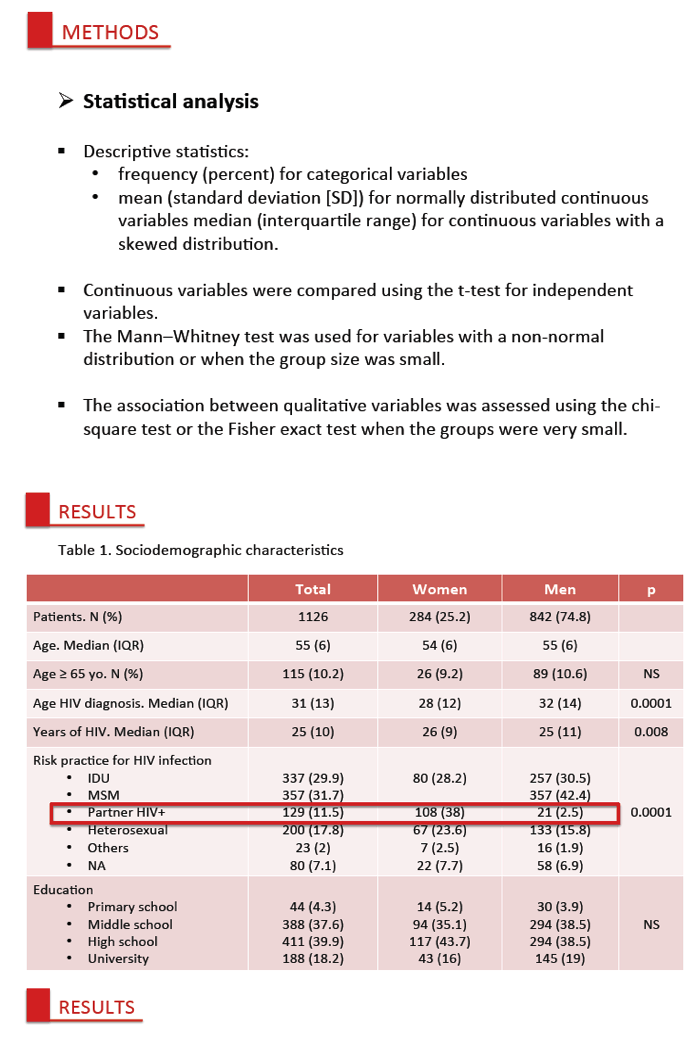
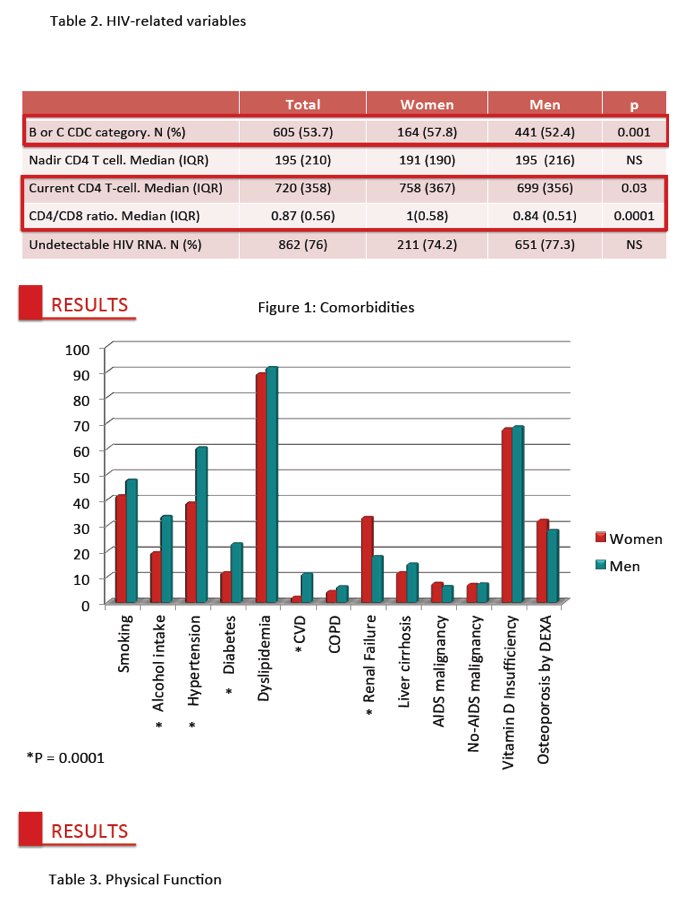
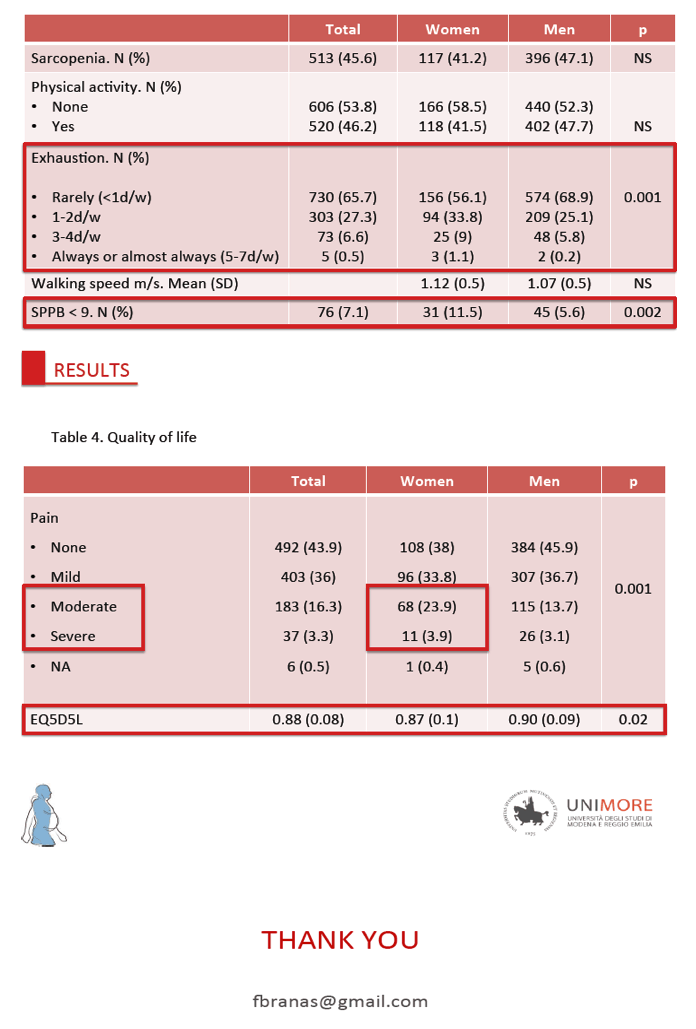

|
| |
|
 |
 |
|
|